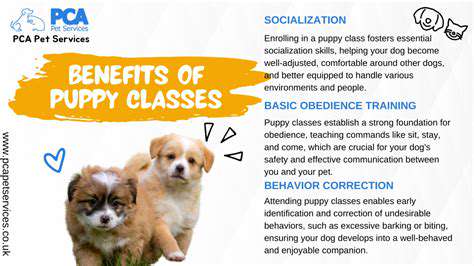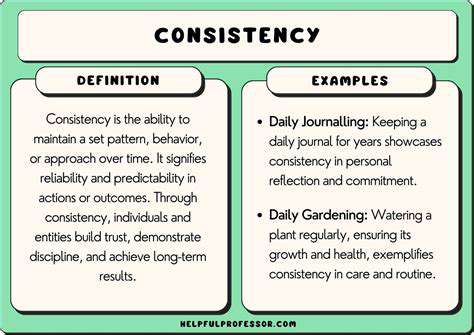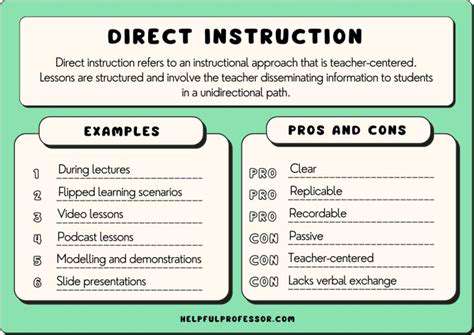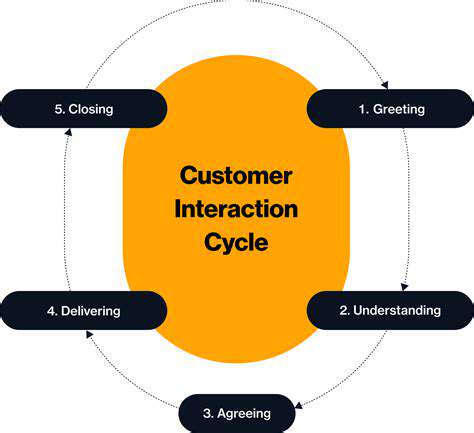Puppy Socialization Classes: Meeting New Friends and Dogs
Professional puppy classes offer more than just playtime - they provide scientifically-designed developmental opportunities. Skilled trainers create controlled scenarios that teach puppies appropriate social etiquette while allowing owners to observe canine body language. These sessions often incorporate novel stimuli to build resilience in measured doses.
The curriculum typically includes confidence-building exercises that transform potential stressors into positive experiences. Through carefully structured activities, puppies learn to associate new encounters with rewards and praise.
The Importance of Positive Reinforcement
Modern canine psychology emphasizes reward-based training as the foundation for behavioral development. When puppies receive treats or affection for calm behavior around strangers or loud noises, they form positive neural associations. This approach contrasts sharply with outdated dominance-based methods that can create anxious, reactive dogs.
Consistent positive reinforcement builds trust between owner and pet while encouraging puppies to view the world as an exciting place full of good things. This mindset forms the bedrock for a well-mannered adult dog.
Addressing Potential Challenges
Every puppy possesses unique temperament traits that require customized handling. Sensitive dogs may need gradual exposure protocols, while bold puppies might require more structure. Quality instructors recognize these individual differences and adjust their approach accordingly.
Owners should prioritize programs that emphasize small class sizes and certified trainers. Observing how staff manages interactions between puppies of different confidence levels reveals much about a program's quality.
Long-Term Benefits of Early Socialization
The ripple effects of proper puppy socialization extend throughout a dog's lifetime. Well-socialized canines typically exhibit fewer behavioral issues, adapt more easily to lifestyle changes, and maintain better physical health due to lower stress levels. This early investment pays dividends for a decade or more in the form of a relaxed, enjoyable companion.
Research indicates that dogs receiving comprehensive early socialization require fewer behavioral interventions as adults. They're also more likely to remain in their original homes, as behavior problems represent the leading cause of canine relinquishment to shelters.
Meeting New Friends: The Importance of Socialization

Making Connections
Human social bonds function as psychological nutrients, feeding our need for belonging and mutual understanding. Quality friendships provide emotional insulation against life's challenges while amplifying its joys. These relationships often serve as mirrors, helping us see ourselves and our potential more clearly.
Social neuroscience reveals that positive interactions trigger the release of oxytocin and dopamine - neurotransmitters associated with trust and pleasure. This biological response explains why meaningful connections leave us feeling energized and content.
Finding Common Ground
Shared interests create natural bridges between people. Whether bonding over artistic pursuits, athletic activities, or intellectual discussions, common passions provide endless conversation starters and opportunities for collaborative experiences. These shared endeavors often reveal deeper values and personality traits.
Community centers, continuing education programs, and volunteer organizations offer structured environments where like-minded individuals naturally converge. The activity itself provides a comfortable context for organic connections to form.
Overcoming Initial Inhibitions
Social courage often precedes social success. Most people appreciate friendly overtures, yet hesitate to initiate contact themselves. This universal hesitation creates opportunities for those willing to make the first move. Simple open-ended questions about someone's interests or opinions frequently spark engaging dialogues.
Nonverbal signals play a crucial role in approachability. Maintaining open body language, making appropriate eye contact, and offering genuine smiles communicate warmth before words are exchanged.
Building Rapport and Trust
Authentic connections develop through reciprocal self-disclosure and demonstrated reliability. Active listening remains the most underutilized social skill - reflecting back what someone shares and asking thoughtful follow-up questions demonstrates sincere interest. Consistency in small interactions builds trust more effectively than grand gestures.
Maintaining Connections
Friendships require regular nurturing through shared experiences and expressions of appreciation. The most enduring relationships feature mutual investment - both parties initiate contact and create opportunities to connect. Digital tools make maintaining contact easier than ever, though in-person interactions provide the deepest bonding experiences.
Seasoned friends develop intuitive understanding of each other's communication styles and needs. They recognize when to offer space and when to provide support, adapting as life circumstances evolve.
Beyond the Dog Park: Expanding Social Horizons
Puppy Socialization: Crucial for Future Success
Comprehensive puppy development programs address multiple aspects of canine education. These structured experiences help young dogs develop critical life skills beyond basic obedience. Exposure to varied stimuli during this formative period creates neural pathways that influence behavior throughout adulthood.
Dogs lacking proper socialization often display avoidant or aggressive behaviors when confronted with novelty. Properly socialized canines demonstrate curiosity and resilience when encountering unfamiliar situations.
Meeting Other Puppies: Building Confidence
Canine playgroups teach essential communication skills through natural interactions. Puppies learn bite inhibition through feedback from playmates and develop understanding of canine body language cues. These organic lessons form the foundation for appropriate dog-to-dog interactions throughout their lives.
Exploring Sounds and Sights: Cultivating Resilience
Progressive exposure to urban noises, household appliances, and various surfaces helps puppies develop environmental confidence. Trainers use positive reinforcement to create associations between these stimuli and pleasant outcomes, preventing future phobias.
Navigating Different Environments: Broadening Experiences
Field trips to pet-friendly stores, busy sidewalks, and public transportation introduce puppies to real-world scenarios. These outings teach dogs to remain focused on their handlers amid distractions - a skill that proves invaluable in adulthood.
Understanding Human Interactions: Fostering Trust
Positive experiences with diverse people - different ages, ethnicities, and physical characteristics - prevent the development of human-directed fear or aggression. Puppies learn that all people represent potential friends and sources of good things.
Handling and Grooming: Comfort with Caregivers
Systematic desensitization to handling prepares puppies for veterinary care and routine maintenance. Trainers teach owners proper techniques for examining ears, paws, and teeth while maintaining a positive experience.
Beyond the Basics: Addressing Specific Needs
Specialized programs exist for puppies displaying particular challenges. Fearful puppies benefit from confidence-building protocols, while overly bold dogs learn impulse control. These tailored approaches ensure all puppies develop into well-adjusted companions.












